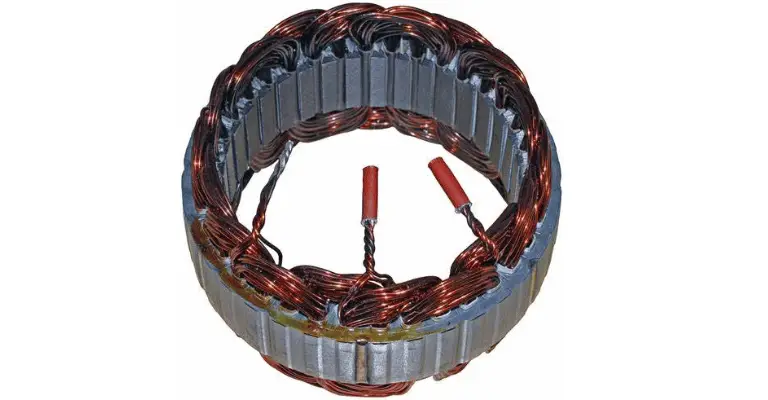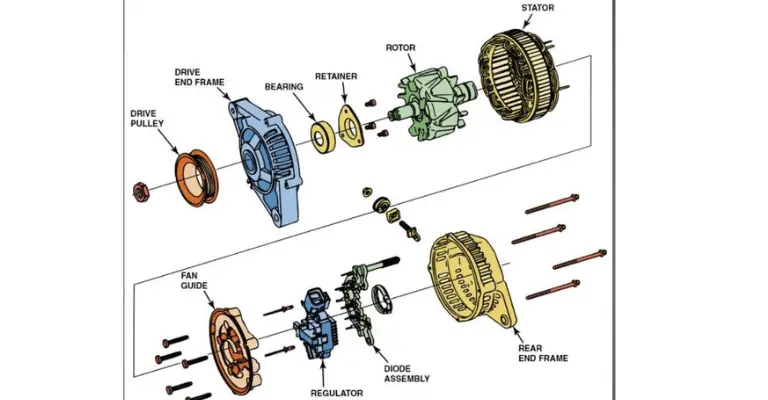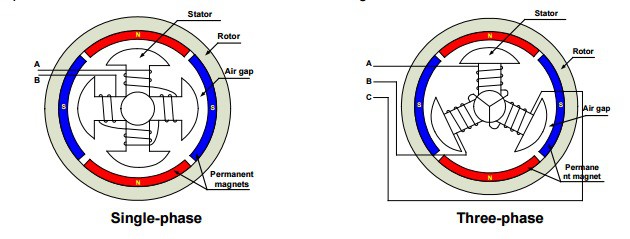In the heart of your motorcycle’s engine, there lies a small yet vital component that plays a key role in its overall performance – the stator. Often overlooked, this part of the electrical system is responsible for generating the power necessary to run various components of your bike. However, what exactly is a stator, and what does it do? Let’s find out.
What Does A Stator Do On A Motorcycle?
The stator, named for its static position within the engine, is essentially a generator. Its primary function is to convert the mechanical energy produced by the engine’s movement into electrical power. This electricity is then used to charge the battery, which in turn powers the bike’s various electrical components such as the lights, ignition, fuel pump, and starter.

In more technical terms, the stator accomplishes this by utilizing the principle of electromagnetic induction. As the engine runs, a magnet attached to the flywheel spins around the stator, which is essentially a coil of wire. The movement of the magnet creates a changing magnetic field, which induces an electric current in the coil. This generated current, however, is alternating current (AC), which must be converted to direct current (DC) before it can be used by the motorcycle’s electrical system.
Is A Stator The Same As An Alternator?
In the realm of motorcycles, the terms “stator,” “alternator,” and “generator” are often used interchangeably. This is because all three components serve the same fundamental purpose: to convert mechanical energy into electrical energy. However, there are some technical differences between these parts.
An alternator, for instance, is a type of generator that produces electricity by spinning a magnetic field inside a stationary coil of wire (the stator). The rotor, the part of the alternator that spins, contains permanent magnets or magnetic field coils that create the changing field necessary for power generation.
On the other hand, a stator refers to the stationary part of any generator, including an alternator. It contains windings of copper wire that generate electricity when a magnetic field passes through them.
Related: Do Motorcycles Have Alternators? Yes and No (Find Out)
Stator vs Alternator: What’s The Difference?
Although a stator and an alternator are related, they are not the same. As mentioned earlier, the stator is a component of the alternator. The alternator also includes other parts, such as the rotor, the regulator, and the rectifier. The rotor spins around the stator to create a changing magnetic field, while the regulator controls the output voltage of the alternator, and the rectifier converts the AC power generated by the stator into DC power for the motorcycle’s electrical system. Here’s a visual example of the differences:

It’s also worth noting that the configuration of these components can vary depending on the type of alternator. For instance, some alternators house all four components in a single compact unit. In contrast, others have a separate regulator/rectifier box. The latter configuration is often referred to as a stator system.
How Does The Stator Work?
The stator operates based on the principle of electromagnetic induction, discovered by physicist Michael Faraday. This principle states that a changing magnetic field induces an electric current in a conductor. In the case of the stator, the conductor is the coil of wire, and the changing magnetic field is created by the spinning rotor.
As the rotor spins, its magnetic field cuts through the stationary coil of wire. This induces an electric current in the coil, which is then sent to the rectifier. The rectifier converts this AC current into DC current, which is used to charge the battery and power the motorcycle’s electrical components.
Brief Overview of Other Charging System Components In Relation To The Stator
As part of the charging system, the stator works in conjunction with several other components. Here’s a brief overview of how they interact:
- The Battery: Stores and delivers the electrical power generated by the stator. It also serves as a buffer, protecting the electrical components from energy surges.
- The Alternator: Comprised of the stator, rotor, regulator, and rectifier. It generates power and converts it from AC to DC.
- The Regulator/Rectifier: Converts the AC power generated by the stator into DC power for the motorcycle’s electrical system. It also regulates the voltage to prevent overcharging the battery.
- The Wiring and Fuses: Transport the electrical power to the various components of the motorcycle. Fuses protect the electrical system by breaking the circuit if the current exceeds a certain level.
2-Phase vs 3-Phase Explanation
Motorcycle stators can be either two-phase or three-phase. The main difference between these two types lies in their efficiency and power output.

- Two-Phase Stators: These stators have two wires and generate power once per revolution of the engine. They are less efficient and produce less power than three-phase stators.
- Three-Phase Stators: These stators have three wires and generate power three times per revolution of the engine. This results in a smoother and higher power output, making them more efficient and ideal for high-performance bikes.
Can A Stator Go Bad Over Time?
Just like any other component of a motorcycle, a stator can wear out and fail over time. Heat is often cited as a significant factor in stator failure, as excessive temperatures can damage the insulation around the copper wire, leading to a short circuit. Additionally, the stator can also be damaged by mechanical issues such as a broken flywheel. However, a stator can be easily tested and monitored through the use of resistance testing with a multimeter.
Some common symptoms of a bad stator include difficulty starting the bike, flickering lights, and an unusually high fuel consumption. If you experience any of these issues, it’s recommended to have your stator checked and replaced if necessary.
Related: Motorcycle Stator Replacement Cost: What’s The Damage?
Ending Thoughts + Accessory Information
While the stator may not be the most glamorous part of a motorcycle, it’s undoubtedly one of the most crucial. Understanding its function and how it works can help you diagnose potential issues and keep your bike running smoothly.
Regular maintenance of your motorcycle’s charging system, including the stator, can prevent sudden failures and extend its life. Remember, a well-maintained motorcycle not only ensures a smoother ride but can also save you from potential troubles and unnecessary costs.
Knowledge is power, especially when it’s about a power-generating component like the stator!
Recap of Main Points
I’ll bring it down a bit below, but first,here’s a video detailing everything we covered along with some additional information you should know:
To sum up:
- The stator is a crucial component of a motorcycle’s electrical system. It generates electrical power by converting the mechanical energy produced by the engine.
- The stator is part of the alternator, which also includes the rotor, regulator, and rectifier.
- Stators can be either single-phase or three-phase, each with its advantages and disadvantages.
- Over time, a stator can wear out and fail, leading to various issues such as difficulty starting the bike and high fuel consumption.
- Regular maintenance of the stator and the rest of the charging system can prevent potential problems and extend the life of your motorcycle.